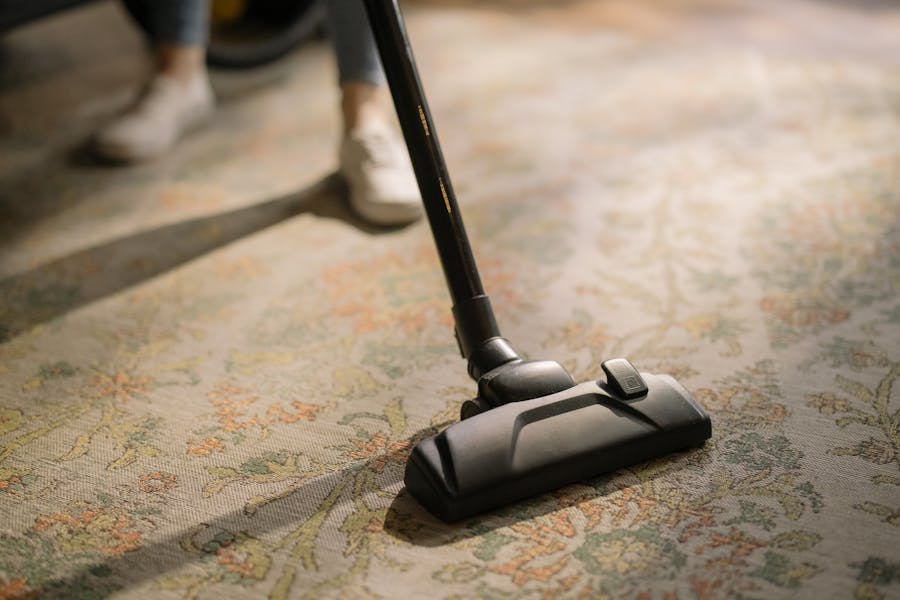Carpets are more than floor coverings—they’re where kids play, pets sprawl, and everyday life unfolds. But while they bring warmth and style to any space, carpets also act like giant air filters, trapping dirt, allergens, and odors beneath the surface. Without proper care, even the most expensive rug can become a breeding ground for bacteria and dust mites.
If your carpet looks dull, smells musty, or feels stiff underfoot, it’s time for a deep clean. This comprehensive checklist will help you restore freshness, improve indoor air quality, and extend the life of your flooring.
Why Carpet Cleaning Matters
It’s easy to underestimate the health impact of dirty carpets. According to the American Lung Association, poor indoor air quality—often linked to carpets full of dust, dander, and mold spores—can exacerbate asthma and allergies, particularly in children and older adults.
“Cleanliness is not next to godliness. It is godliness.” — Mahatma Gandhi
Regular maintenance and professional cleaning don’t just make your carpet look new—they create a cleaner, safer home.
How Often Should You Clean Your Carpets?
- Vacuuming: 1–2 times per week (daily if you have pets)
- Spot Treatment: Immediately after a spill
- Deep Cleaning (DIY or professional): Every 6 to 12 months
- Professional Cleaning: At least once a year (more for high-traffic homes)
Carpet Cleaning Checklist
- Declutter the Area
Start by removing furniture, toys, and any clutter from the floor. This ensures you don’t miss any areas and prevents damage to your belongings during cleaning.
- Dust Baseboards and Ceiling Fans
Dust can settle onto freshly cleaned carpets. Wipe down baseboards, vents, and ceiling fans before vacuuming or shampooing to avoid recontamination.
- Vacuum Like a Pro
Use a high-quality vacuum with HEPA filtration. Go over each section slowly and in multiple directions to lift as much dirt as possible.
- Pre-Treat Stains
Use a targeted stain remover on high-traffic spots and spills. Let it sit according to the instructions before moving on to full cleaning.
- Choose the Right Cleaning Method
- Steam Cleaning: Uses hot water extraction to remove deep-set grime. Great for allergen removal.
- Dry Cleaning: Involves minimal moisture. Ideal for delicate or antique rugs.
- Shampooing: Offers a foam-based deep clean but may leave residue if not rinsed properly.
If you’re unsure which method suits your carpet, professionals can guide you. You can learn it by exploring top-rated carpet cleaning services and their recommended approaches.
- Ventilate the Room
Open windows and use fans to speed up drying and prevent mildew. A damp carpet left untreated can develop mold within 24–48 hours.
- Deodorize Naturally
After cleaning, sprinkle a light layer of baking soda on the dry carpet, let it sit for 15–30 minutes, then vacuum. This neutralizes lingering odors.
- Protect with Area Rugs or Runners
Use rugs in high-traffic areas like hallways and entryways to reduce wear and dirt on your main carpets.
- Establish a “No Shoes Indoors” Policy
It’s a small habit with a big payoff. Shoes track in grime, oil, and bacteria from outside.
- Schedule Routine Professional Cleanings
Even with the best upkeep, DIY can only go so far. Professional services use industrial equipment and expert techniques to clean deep into fibers without damage.
“An ounce of prevention is worth a pound of cure.” — Benjamin Franklin
Common Carpet Cleaning Mistakes to Avoid
- Over-wetting the carpet: Can lead to mold growth and shrinkage. Always follow water usage instructions carefully.
- Using too much detergent: This leaves a sticky residue that attracts more dirt.
- Skipping vacuuming before wet cleaning: Moisture turns loose dirt into muddy sludge.
- Using bleach or harsh chemicals on colored carpets: Can cause permanent discoloration.
How Professional Cleaning Makes a Difference
Professionals don’t just clean—they restore. Their tools remove allergens and bacteria that household vacuums can’t reach. Services offer tailored care for every fabric type, ensuring longevity and freshness without risking fiber damage.
Many also offer:
- Eco-friendly, non-toxic cleaning solutions
- Deep spot treatment
- Anti-microbial applications
- Carpet protection sprays for future stain resistance
Final Tips for Carpet Longevity
- Rotate rugs every 6 months to prevent uneven wear
- Trim snags instead of pulling them
- Blot spills—don’t rub
- Use doormats at every entrance
- Vacuum under furniture quarterly
Carpet care is more than just maintenance—it’s an investment in your home’s health, comfort, and beauty. With this checklist in hand and help from trusted professionals when needed, your floors can stay as inviting and fresh as the day they were installed.

